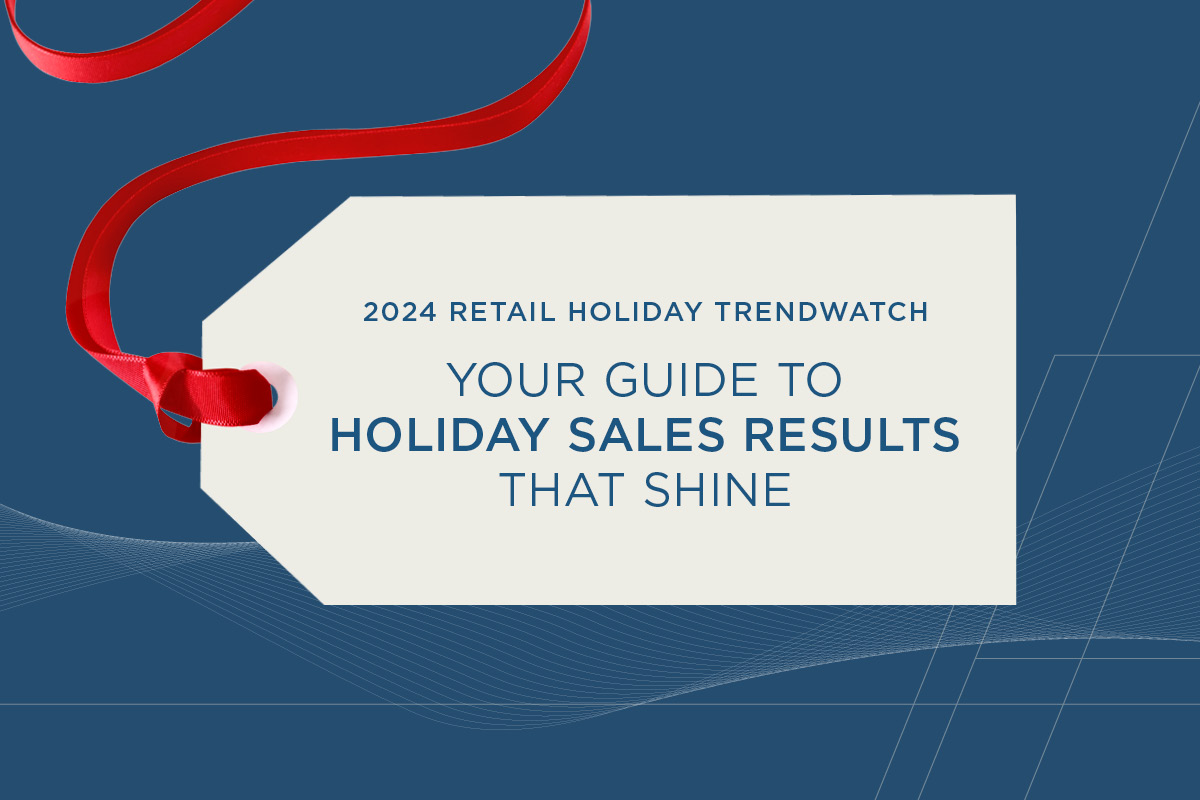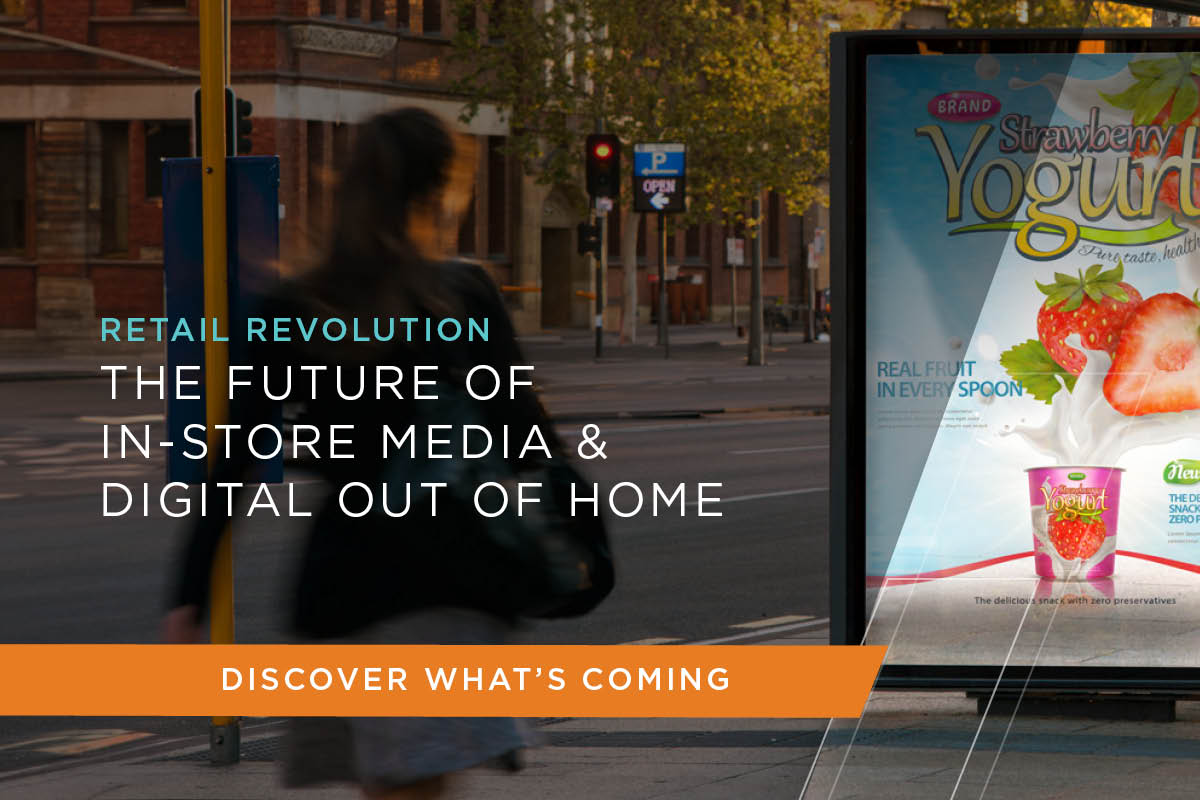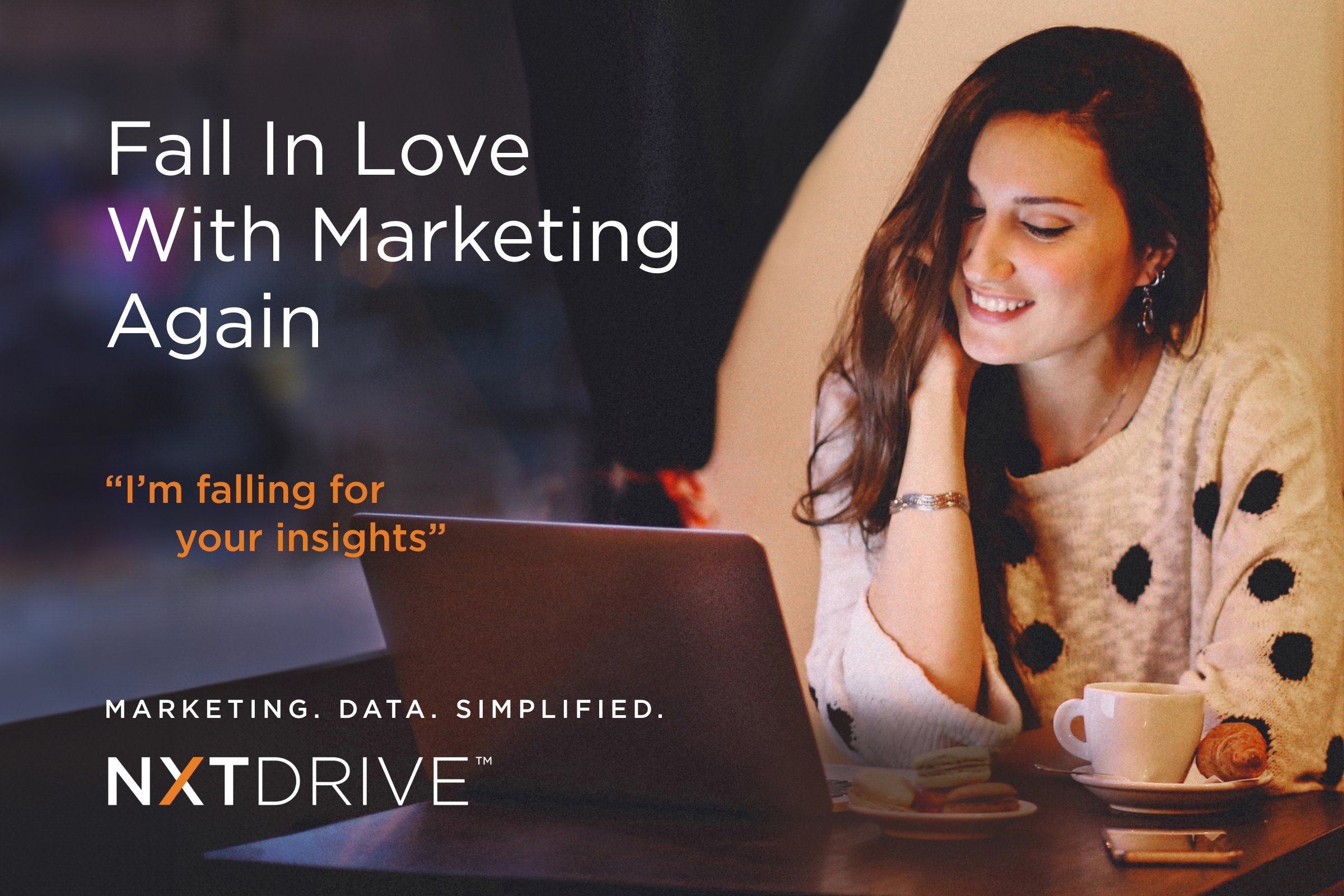Summary
NFL football has been a television ratings juggernaut for years, and the trend shows no signs of abating. In 2019, the NFL championship game continued its reign: Although numbers had been down over the last few years, the 2019 game still drew nearly 100 million viewers, according to an article from Adweek.
For consumer packaged goods (CPG) manufacturers that are willing and able to shell out the $5 million-plus for a 30-second spot during the 2020 game, the payoffs can be, well, super — and bring about an above-average sales lift.
Ad spots for the game — which will be played in Miami Gardens, Florida, on Feb. 2, 2020 — reportedly sold out back in November. As noted in an article by Variety, that marks the first time in five years that ads sold out early, indicating that brands are showing a renewed interest in the game, regardless of viewing stats.
Ads Go Beyond Television
Brands are no longer limited to television ads, either. Several Valassis clients have abandoned their TV spots in recent years to try other things. More people are streaming the big game on a variety of devices, which creates more opportunities for advertisers outside of TV. Case in point: MediaPost reports about 2.6 million people were streaming 2019’s championship at any given minute, a 31% increase from 2018. And the total number of unique streaming devices was 7.5 million, an increase of 20%.
CPG brands that advertise online can reach the right audience members using Valassis’ specialized targeting capabilities — even without being part of the television advertising spectacle.
The totality of promotion and client messaging is often what has the most impact on consumer buying behavior. For example, digital ad campaigns with an overt tie-in to brick-and-mortar promotions (such as in-store displays, demonstrations, or special on-shelf pricing) demonstrate higher median sales lifts than campaigns alone. 1
Benefits of CPG Advertising Tied to the Game
CPG brands that develop and implement cohesive marketing plans using traditional media in conjunction with digital media and in-store promotions are more likely to be successful. Valassis’ sports advertising tracking generally shows a 2.4% to 6.4% sales lift for digital campaigns, with a median sales performance of 4.0% — which is noticeably higher than the overall median of 2.9%. 2
Here are some benefits of advertising during the game.
1. Support from retailers: Committing to advertising during the game often translates to in-store support, as retailers seek to drive excitement leading up to the event. Consumers hosting game-day parties are looking to stock up on drinks and snacks. In-store displays, end caps, and circulars promote party-friendly food and beverage brands, so the partnership of retail stores and brands helps maximize cases sold.
2. Increased brand equity and awareness: Advertising during the game has become focused on building up the notoriety and stature of brands. That equity messaging is difficult to translate into the short-term measurement of incremental sales or sales lift because it takes time to establish positive equity.
Does another Budweiser ad with a dog and the Clydesdales motivate you to purchase immediately? Not likely. But it may encourage you to return to a brand you used to frequent and make repeat purchases in the long term. Or it may keep you supporting your brand just like you support your team.
Because viewers have put so much stock in game-day ads in the past, several people tune in for those alone. According to WTOP, one survey found that 20% of viewers are watching just for the commercials. Although not always positive, brands running TV ads experience huge social capital, as fans flock to social media to promote their favorites. And publications enjoy doing the same, with many ranking what they consider to be the best and the worst.
3. Increased exposure when introducing a new product: CPG brands often time new product rollouts to coincide with their game-day ad. With thousands of new products launched in a given year, it’s challenging to create buzz. Significant events can provide that kick-start, but you may not get the gratification that translates into immediate sales. Valassis’ research has found that building sales volume of new products takes time and omnichannel support — including sales promotion activities in retail stores.
Based on an analysis of historical campaigns for new product launches, Valassis has seen 35% to 41% better performance between short campaigns that run for three to four weeks and longer campaigns that run for six to 10 weeks. Median performance between “short” and “long” campaigns can be more than one full percentage point higher. That difference translates into real dollars.3
Running ads during the big game is not just about sales lift. Successful advertising tied to the game provides value in many different ways, such as increased brand awareness and exposure. Marketers should adjust their thinking about these ads just as today’s consumers have changed their thinking when it comes to their purchasing journey.
For more information on how marketers can adapt to the evolving consumer journey, check out this blog.
Sources:
1 Based on an analysis of Q3 2015 – Q4 2019 Valassis digital CPG campaign performance
2 Overall median for all food/non-food CPG Valassis digital campaigns between Q3 2015 – Q4 2019
3 Measurement compared aggregate median sales performance of 67 campaigns with flights of 3-4 weeks and 67 campaigns with flights of 6-10 weeks



